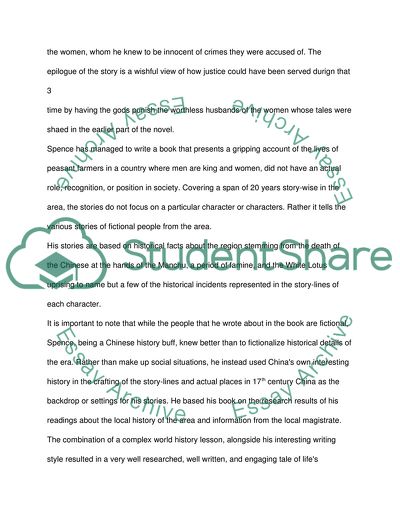Cite this document
(The Death of Woman Wang: A Historical Microcosm of China Book Report/Review, n.d.)
The Death of Woman Wang: A Historical Microcosm of China Book Report/Review. Retrieved from https://studentshare.org/history/1858612-book-review-report
The Death of Woman Wang: A Historical Microcosm of China Book Report/Review. Retrieved from https://studentshare.org/history/1858612-book-review-report
(The Death of Woman Wang: A Historical Microcosm of China Book Report/Review)
The Death of Woman Wang: A Historical Microcosm of China Book Report/Review. https://studentshare.org/history/1858612-book-review-report.
The Death of Woman Wang: A Historical Microcosm of China Book Report/Review. https://studentshare.org/history/1858612-book-review-report.
“The Death of Woman Wang: A Historical Microcosm of China Book Report/Review”, n.d. https://studentshare.org/history/1858612-book-review-report.


